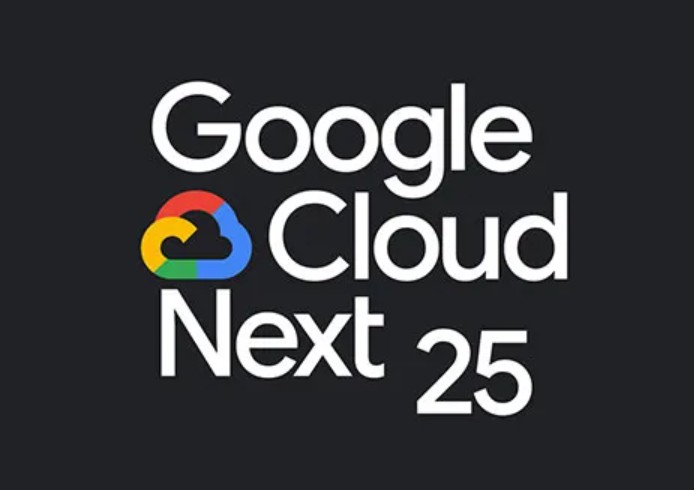Redox, a leader in healthcare interoperability, and Google Cloud have joined forces to simplify the exchange of healthcare data from legacy systems into Google Cloud products like Healthcare Data Engine and Healthcare API. The partnership will enable health organizations to build longitudinal views to better serve their patients and members.
As part of the partnership, Redox will replicate its platform on Google Cloud, offering customers the full range of the company’s world-class products, services, and experiences.
The Redox Healthcare Integration is now available on Google Cloud Marketplace, enabling health plans, providers, life science, medical device companies, and digital health organizations to incorporate standards like HL7v2, C-CDA, X12, DICOM, and more into FHIR.
Leveraging existing provider integrations and libraries, this solution makes it faster and easier for organizations to use Google Cloud’s Healthcare API and Healthcare Data Engine, enabling an interoperable, longitudinal record of patient data.
Luke Bonney, CEO of Redox, said: “Healthcare organizations are transforming using new applications and analytics tools driven by cloud technology. Redox was designed to support these new tools with enterprise-scale data exchange with hospitals, clinics, health plans, Healthcare Information Exchanges, networks and other sources that provide the foundation of healthcare data.
“Together, Redox and Google Cloud enable providers and health plans to maximize the use of their legacy system data in a single cloud database up to 80 percent faster than other solutions.”
Chris Sakalosky, vice president, Strategic Industries at Google Cloud, said: “When we first collaborated with Redox and saw how fast we could help a healthcare organization further accelerate data interoperability, we have an ‘aha’ moment.
“With this partnership, we continue to help organizations across the healthcare spectrum tackle the most complex data harmonization challenges, unlocking insights and improving outcomes.”



